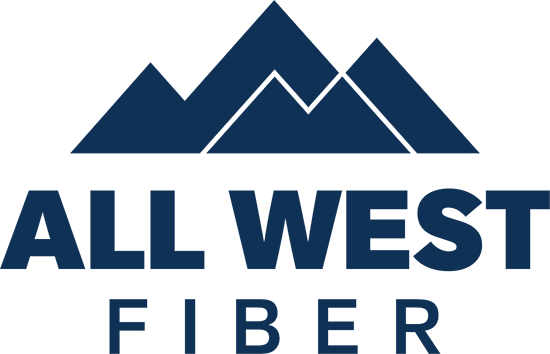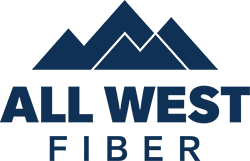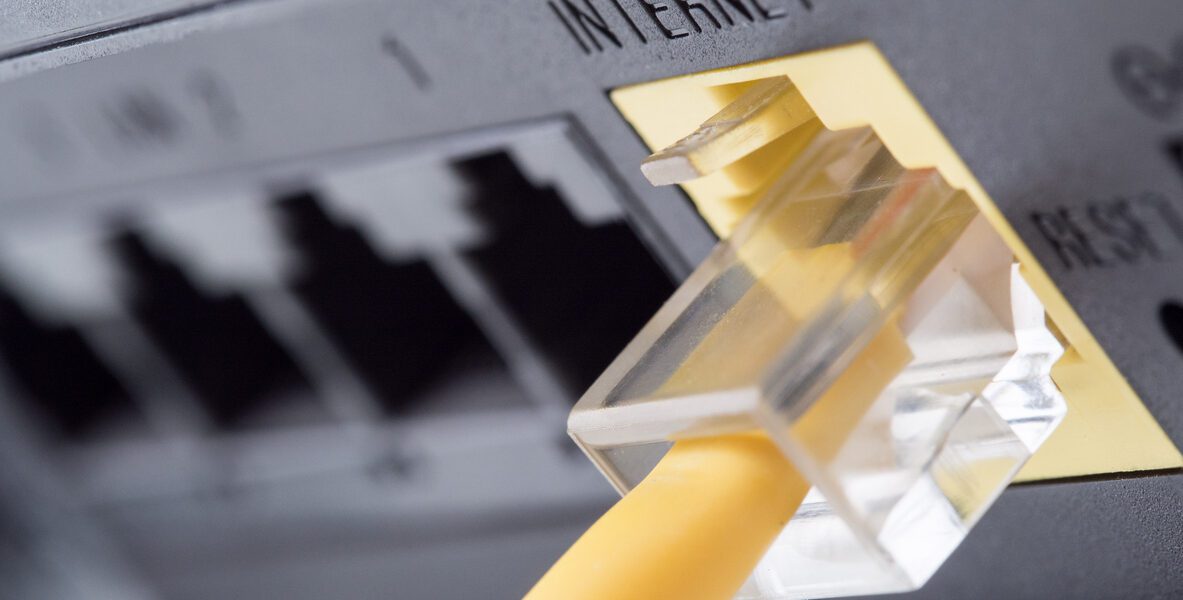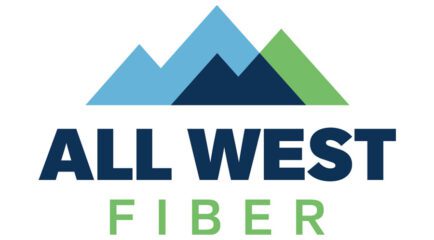Your guide to choosing the perfect connection
When it comes to internet connections, the choices can feel a little overwhelming. DSL? Fiber? What do these even mean, and which one is best for you? Don’t worry—we’ve got your back! In this guide, we’ll break down the differences between DSL and fiber internet so you can make an informed decision that’s right for your lifestyle or business. Let’s dive in!
What Is DSL Internet?
DSL, short for Digital Subscriber Line, is a type of internet that works through copper phone lines. It’s one of the oldest forms of broadband internet, and chances are, it’s widely available in your area. But what makes DSL tick?
- Average speeds: Typically range from 1 to 100 Mbps.
- Availability: DSL is broadly accessible in urban and rural areas alike.
Pros of DSL
- Affordable, making it great for budget-conscious users.
- Widely available - even in remote locations.
Cons of DSL
- Speeds can be slower compared to other options.
- Not ideal for heavy streaming, gaming, or remote work.
Want to explore your options? Check out All West Residential Internet to see what plans fit your needs.
What Is Fiber Internet?
Fiber internet is the new kid on the block (well, not entirely new, but definitely cutting-edge!). It uses fiber-optic cables that transmit data at the speed of light - literally. So, what makes fiber so special?
- Average speeds: Often starting at 250 Mbps and going up to 1,000 Mbps (gigabit speed).
- Consistency: Fiber provides stable and reliable connections, even during peak hours
Pros of Fiber
- Blazing fast speeds that make streaming, gaming, and remote work seamless.
- Low latency, meaning less lag time.
- Highly reliable, even during high-demand periods.
Cons of Fiber
- May not be available everywhere—sorry, rural folks!
- Often pricier than DSL.
Curious about how fast fiber can be? Dive deeper into fiber internet speed here.
DSL vs Fiber: Speed, Reliability, and Cost Comparison
Let’s put these two contenders head-to-head. Here’s a quick comparison:
| Feature | DSL | Fiber |
| Speed | 1-100 Mbps | 250-1,000 Mbps |
| Reliability | Can be erratic | Highly stable |
| Cost | Budget-friendly | Higher upfront investment |
Whether you need gigabit-level speed or something simpler, All West offers connectivity options to fit your needs.
Which Is Better for You? Fiber vs DSL Based on Use Case
Here’s the real question: which option is right for you? It all depends on how you plan to use the internet.
Choose Fiber If:
- You’re a heavy streamer or gamer and need blazing-fast speeds.
- You work from home and rely on stable, low-latency connections.
- You’ve embraced smart home devices and need a reliable network.
Choose DSL If:
- You’re a light internet user focused on browsing and email.
- You’re in a rural area where fiber isn’t available yet.
- You’re on a tight budget and need affordable plans.
For business-grade solutions, check out All West’s business internet options.
Final Verdict: DSL or Fiber?
Both DSL and fiber have their strengths, and the right choice depends on your unique circumstances. If speed and reliability are top priorities, fiber is the clear winner. But if you’re looking for affordability and accessibility, DSL might be just what you need.
Whatever your choice, All West Communications is here to help. Check availability or compare plans to find the perfect match for your internet needs. Happy browsing!
